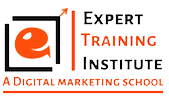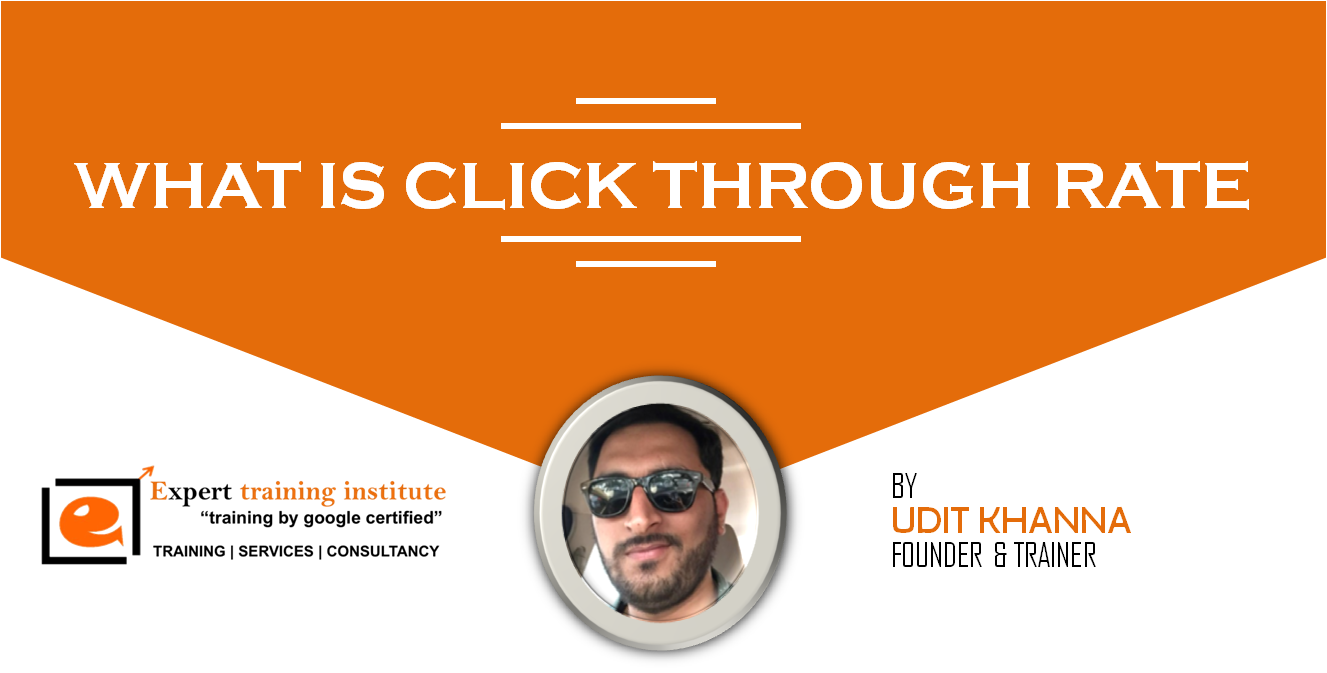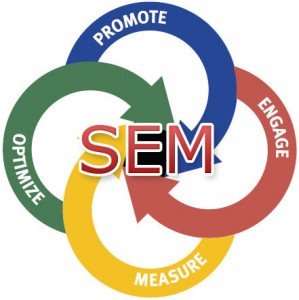What is On Page SEO
On page SEO is basically a practice that involves optimizing web pages that will help you rank higher in the search engines and earn relevant traffic as well. On page factors have to do with the elements of your website. This include things like technical setup, sharpening the quality of your code, writing clean codes, visual and textual content, and finally user-friendliness of the site. On-page SEO has all the elements of SEO that can easily be controlled. If you have a website of your own, one can easily control the technical issues of your website and the quality of the content.
On page SEO refers to those things that can be done on your website directly to help you rank higher in the search engines. This would include optimizing title tags, description and Meta tags, alt tags, header tags and internal linking as well. Here are some of the most effective on page SEO techniques that can be implemented on a website if you have one in order to increase page rankings in search engines.
Page Titles: – These are one of the most important factors in on page SEO. Your titles should be unique, and also include all the major keywords in the page.
Meta Descriptions: – Meta description is also an important on page SEO technique. Such descriptions are an important place to include all your relevant keywords for your content, as they are used within the search results no matter where your page is listed. In order to create a good Meta description, you should do a proper keyword research and include relevant keywords accordingly.
Meta Tags: – On each page, you can include a particular set of keywords that are also called Meta tags. These should be relevant to your content. Research those keywords before you implement them. If you are using a Word press plug-in called the ‘all in one seo pack’. Through this SEO plug-in, you can enter all the Meta tags including keywords, title and description tags.
URL Structure: – You should have search engine friendly URLs for all your pages. That is highly recommended as this will help in better crawling. Keep your URLs short and use keywords in your URLs if possible.
Body tags including header tags: – Header tags include H1, H2, H3 and H4 tags. While writing your articles, you must break up the content into smaller paragraphs and sections to make it easy to read. Header tags are equally important. Make sure you only have one H1 tag on each page and then come the rest of the header tags.
Keyword density: – You must implement relevant keyword all throughout your content. Follow rules such content proximity, prominence and frequency. This helps search engines determine what your content is about and identify what the page is all about. Refrain from stuffing keywords that may attract penalty or getting banned.
Image SEO: – If you are using images within your content, that is a good way to make your site more appealing and break up text chunks. These can be used to improve your onsite SEO.
Internal Linking: – If you can place links to your other website pages, this is a great way to improve your site and if used well, internal links can turn out to be a useful weapon in your SEO arsenal. This technique also helps improve Google page rank. Some of the different methods to improve your internal linking structure include permanent navigation links and content links.
Bonus tip: You can use online SEO tools to conduct On-page SEO audits. For example, one of such tools is Free SEO Checker by Sitechecker.



